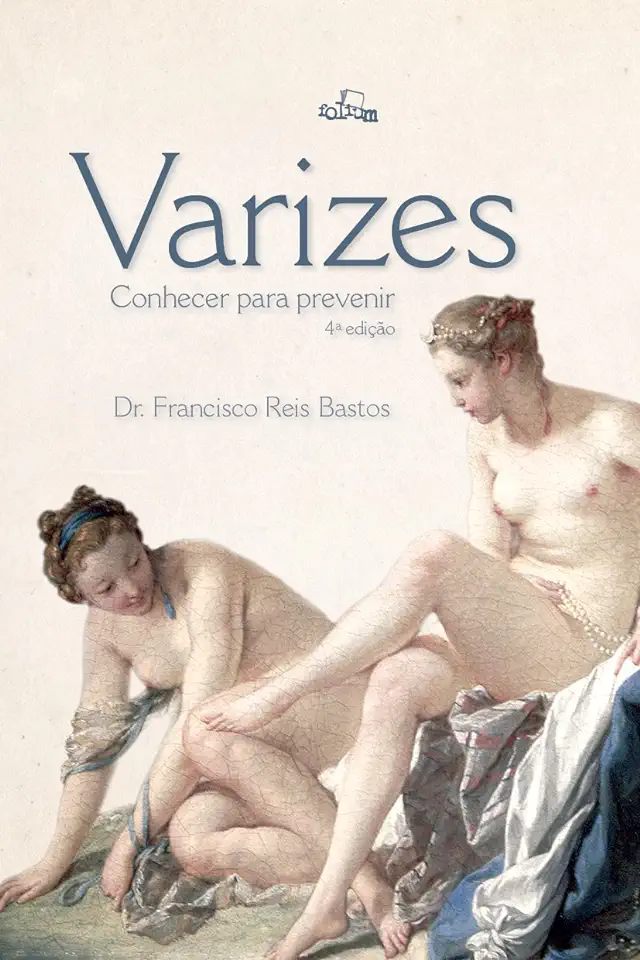
Varicose Veins - Know to Prevent - Dr. Francisco Reis Bastos
Varicose Veins - Know to Prevent by Dr. Francisco Reis Bastos
Varicose veins are a common condition that affects millions of people worldwide. They occur when the valves in the veins become weak or damaged, causing blood to pool and bulge in the veins. Varicose veins can be unsightly and uncomfortable, and they can also lead to more serious health problems.
In his book, Varicose Veins - Know to Prevent, Dr. Francisco Reis Bastos provides a comprehensive guide to varicose veins. He discusses the causes, symptoms, and treatment options for varicose veins, and he offers tips on how to prevent them from developing.
Causes of Varicose Veins
Varicose veins are caused by a number of factors, including:
- Age: Varicose veins are more common in older adults.
- Gender: Women are more likely to develop varicose veins than men.
- Family history: Varicose veins tend to run in families.
- Obesity: Obesity increases the risk of developing varicose veins.
- Pregnancy: Pregnancy can cause varicose veins to develop.
- Standing for long periods of time: Standing for long periods of time can put pressure on the veins and cause them to become varicose.
Symptoms of Varicose Veins
Varicose veins can cause a number of symptoms, including:
- Visible, bulging veins: Varicose veins are often visible on the legs, but they can also occur on the arms, chest, and abdomen.
- Swelling in the legs: Varicose veins can cause the legs to swell, especially at the end of the day.
- Pain: Varicose veins can cause pain, aching, or throbbing in the legs.
- Itching: Varicose veins can cause the skin around the veins to become itchy.
- Skin discoloration: Varicose veins can cause the skin around the veins to become discolored.
Treatment Options for Varicose Veins
There are a number of treatment options for varicose veins, including:
- Compression stockings: Compression stockings can help to improve circulation and reduce swelling in the legs.
- Sclerotherapy: Sclerotherapy is a procedure in which a solution is injected into the varicose veins to cause them to collapse and seal shut.
- Laser therapy: Laser therapy is a procedure in which a laser is used to heat and destroy the varicose veins.
- Surgery: Surgery is an option for treating varicose veins that are severe or that do not respond to other treatments.
How to Prevent Varicose Veins
There are a number of things you can do to help prevent varicose veins, including:
- Maintain a healthy weight: Obesity increases the risk of developing varicose veins.
- Get regular exercise: Exercise can help to improve circulation and reduce the risk of varicose veins.
- Avoid standing for long periods of time: If you have to stand for long periods of time, try to take breaks and move around periodically.
- Elevate your legs: When you are sitting or lying down, try to elevate your legs above your heart.
- Wear compression stockings: Compression stockings can help to improve circulation and reduce the risk of varicose veins.
Conclusion
Varicose veins are a common condition, but they can be prevented and treated. If you are concerned about varicose veins, talk to your doctor.